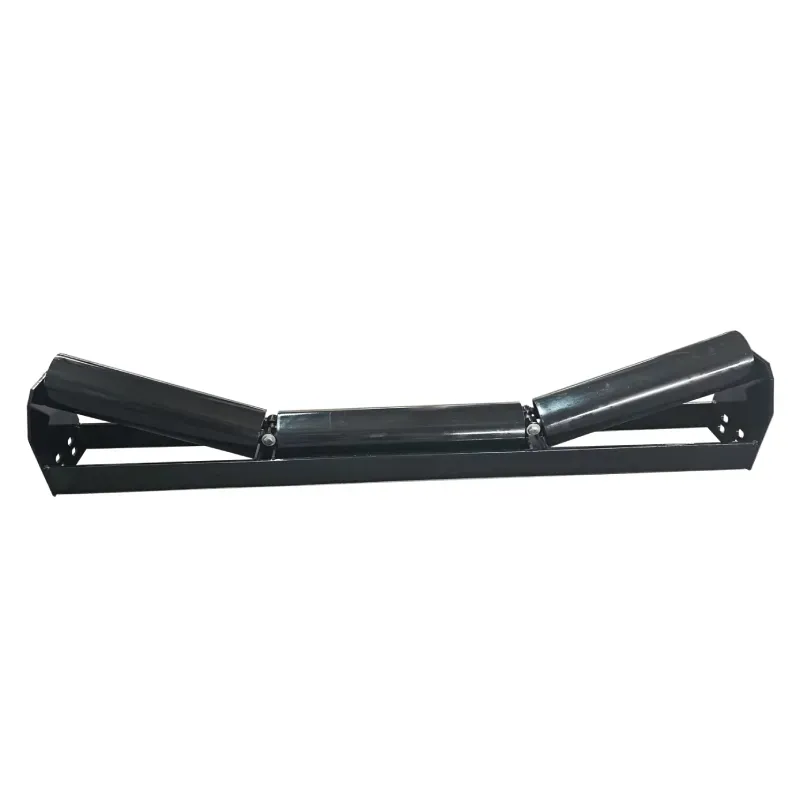 Afrikaans
Afrikaans  Albanian
Albanian  Amharic
Amharic  Arabic
Arabic  Armenian
Armenian  Azerbaijani
Azerbaijani  Basque
Basque  Belarusian
Belarusian  Bengali
Bengali  Bosnian
Bosnian  Bulgarian
Bulgarian  Catalan
Catalan  Cebuano
Cebuano  Corsican
Corsican  Croatian
Croatian  Czech
Czech  Danish
Danish  Dutch
Dutch  English
English  Esperanto
Esperanto  Estonian
Estonian  Finnish
Finnish  French
French  Frisian
Frisian  Galician
Galician  Georgian
Georgian  German
German  Greek
Greek  Gujarati
Gujarati  Haitian Creole
Haitian Creole  hausa
hausa  hawaiian
hawaiian  Hebrew
Hebrew  Hindi
Hindi  Miao
Miao  Hungarian
Hungarian  Icelandic
Icelandic  igbo
igbo  Indonesian
Indonesian  irish
irish  Italian
Italian  Japanese
Japanese  Javanese
Javanese  Kannada
Kannada  kazakh
kazakh  Khmer
Khmer  Rwandese
Rwandese  Korean
Korean  Kurdish
Kurdish  Kyrgyz
Kyrgyz  Lao
Lao  Latin
Latin  Latvian
Latvian  Lithuanian
Lithuanian  Luxembourgish
Luxembourgish  Macedonian
Macedonian  Malgashi
Malgashi  Malay
Malay  Malayalam
Malayalam  Maltese
Maltese  Maori
Maori  Marathi
Marathi  Mongolian
Mongolian  Myanmar
Myanmar  Nepali
Nepali  Norwegian
Norwegian  Norwegian
Norwegian  Occitan
Occitan  Pashto
Pashto  Persian
Persian  Polish
Polish  Portuguese
Portuguese  Punjabi
Punjabi  Romanian
Romanian  Russian
Russian  Samoan
Samoan  Scottish Gaelic
Scottish Gaelic  Serbian
Serbian  Sesotho
Sesotho  Shona
Shona  Sindhi
Sindhi  Sinhala
Sinhala  Slovak
Slovak  Slovenian
Slovenian  Somali
Somali  Spanish
Spanish  Sundanese
Sundanese  Swahili
Swahili  Swedish
Swedish  Tagalog
Tagalog  Tajik
Tajik  Tamil
Tamil  Tatar
Tatar  Telugu
Telugu  Thai
Thai  Turkish
Turkish  Turkmen
Turkmen  Ukrainian
Ukrainian  Urdu
Urdu  Uighur
Uighur  Uzbek
Uzbek  Vietnamese
Vietnamese  Welsh
Welsh  Bantu
Bantu  Yiddish
Yiddish  Yoruba
Yoruba  Zulu
Zulu idler roller types
Understanding Idler Roller Types Key Components in Conveyor Systems
Idler rollers are fundamental components within various conveyor systems, serving a crucial role in material handling across industries. These rollers maintain the stability and efficiency of the conveyor while also supporting the weight of the materials being transported. They play a pivotal role in reducing friction and wear, ensuring smooth operation. Given their importance, understanding the different types of idler rollers can significantly influence the performance and longevity of conveyor systems.
Types of Idler Rollers
Idler rollers can be categorized into several types based on their construction, purpose, and design features. Each type has its own set of advantages that cater to specific operational needs.
1. Standard Idler Rollers Standard idler rollers are the most basic type, typically used in general-purpose applications. They are designed to support the conveyor belt and materials without power. Usually made from steel or plastic, they come in various diameters and lengths, allowing for flexibility in use. Their primary function is to provide support and ensure the belt runs smoothly.
Used primarily in high-load environments, impact idler rollers absorb shock and reduce the potential for belt damage during the loading process. These rollers are usually equipped with rubber rings or sleeves that act as a cushion against impacts. This type is essential in safeguarding the integrity of the conveyor system, especially during the loading of heavy materials.
3. Return Rollers
Return rollers are located underneath the conveyor belt and play a key role in supporting the belt during its return journey. These rollers help maintain belt tension and prevent sagging, which can lead to wear or misalignment. Return rollers usually have a simpler design compared to other types, but they are vital for maintaining the overall health of the conveyor system.
idler roller types

4. Training Idlers
Training idlers, or belt training rollers, are specialized rollers designed to ensure proper alignment of the conveyor belt. Misalignment can lead to excessive wear and even failure of the conveyor system. Training idlers are used to correct the belt’s path and keep it centered over the rollers, thus preventing operational issues that could arise from belt drift.
5. Self-Aligning Idlers
These rollers are designed to automatically adjust the conveyor belt's position. Equipped with a unique design that allows slight movements, self-aligning idlers are essential for applications where load distribution may vary, leading to potential misalignment. They provide a proactive solution, reducing the risk of belt wear and improving the lifespan of the conveyor system.
6. Heavy-Duty Idler Rollers
As the name suggests, heavy-duty idler rollers are built to withstand extreme conditions and heavy materials. Constructed from durable materials and designed to handle a higher load capacity, these rollers are essential in mining, quarries, and heavy industrial applications where equipment is subjected to harsh environments.
Conclusion
Understanding the various types of idler rollers is essential for anyone involved in the design, maintenance, or operation of conveyor systems. Each type of roller caters to specific requirements, whether it be shock absorption, alignment, or support during material transportation. By selecting the appropriate idler roller for a particular application, companies can enhance the efficiency and reliability of their conveyor systems, reduce maintenance costs, and minimize downtime.
In an era where efficiency and productivity are paramount, the correct choice of idler rollers can make a significant difference. Regular assessments and proactive maintenance of these components will ensure that conveyor systems operate at optimal performance levels. As industries continue to evolve, investing in the right idler roller type will remain a crucial aspect of material handling technology, paving the way for improved operational capabilities and resilience against wear and breakdowns.
-
Revolutionizing Conveyor Reliability with Advanced Rubber Lagging PulleysNewsJul.22,2025
-
Powering Precision and Durability with Expert Manufacturers of Conveyor ComponentsNewsJul.22,2025
-
Optimizing Conveyor Systems with Advanced Conveyor AccessoriesNewsJul.22,2025
-
Maximize Conveyor Efficiency with Quality Conveyor Idler PulleysNewsJul.22,2025
-
Future-Proof Your Conveyor System with High-Performance Polyurethane RollerNewsJul.22,2025
-
Driving Efficiency Forward with Quality Idlers and RollersNewsJul.22,2025





























